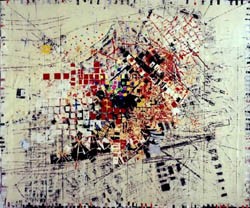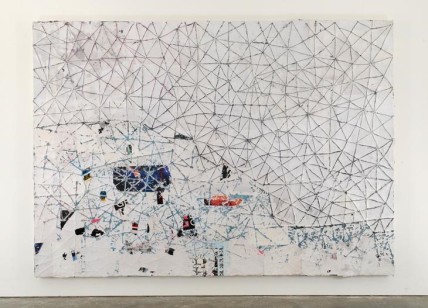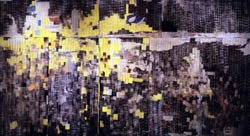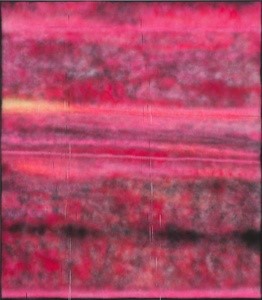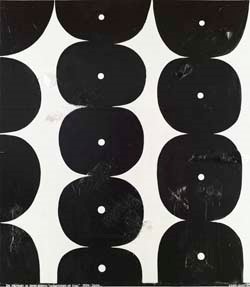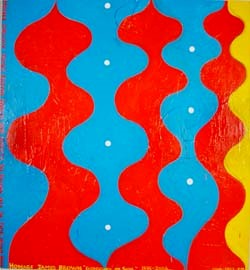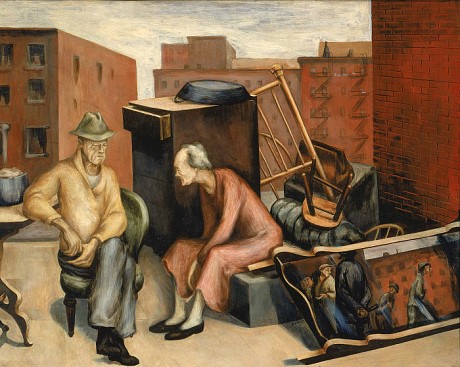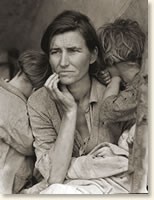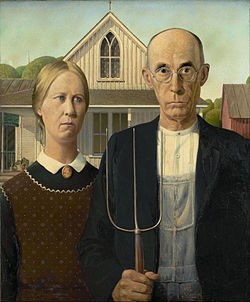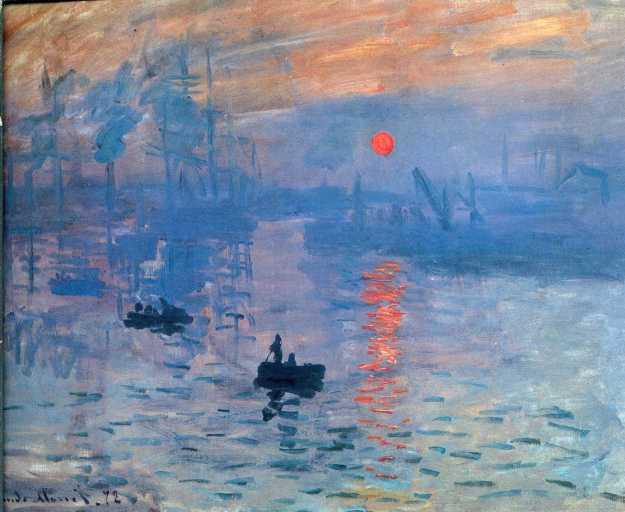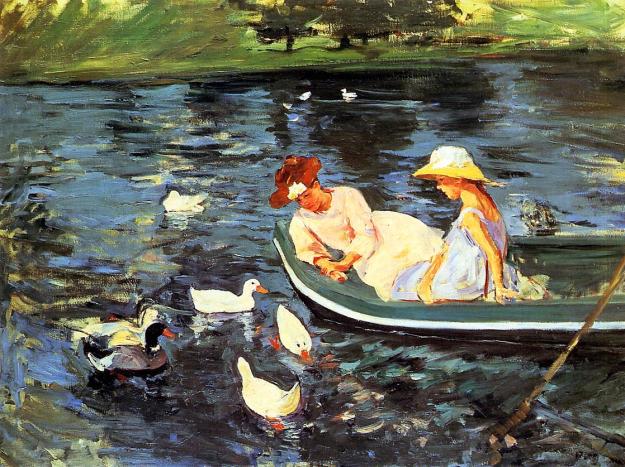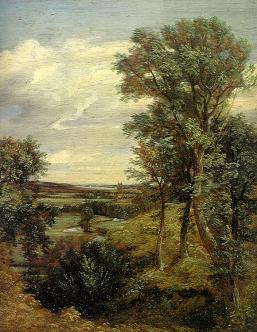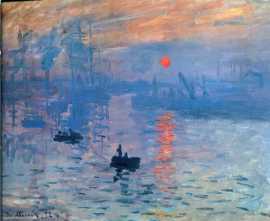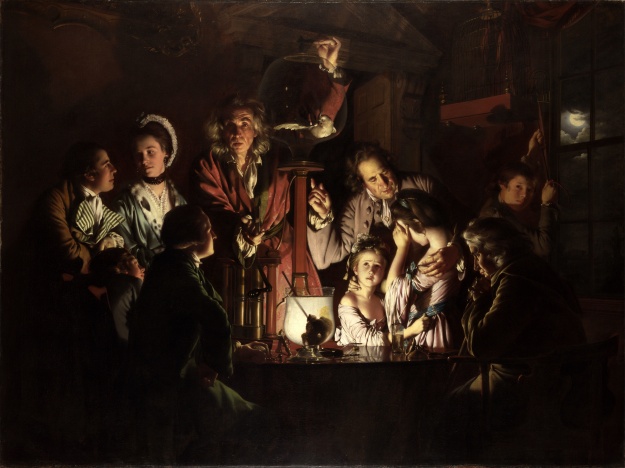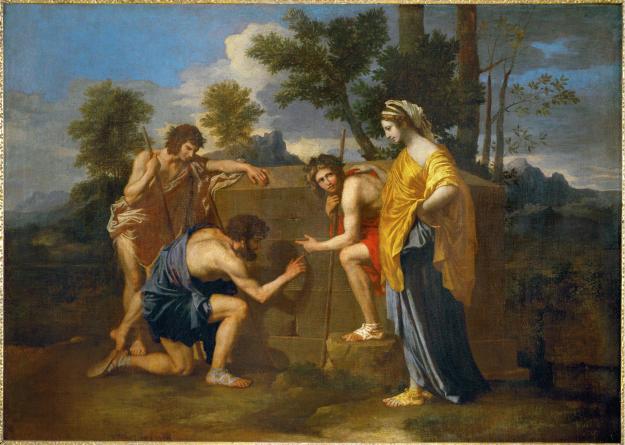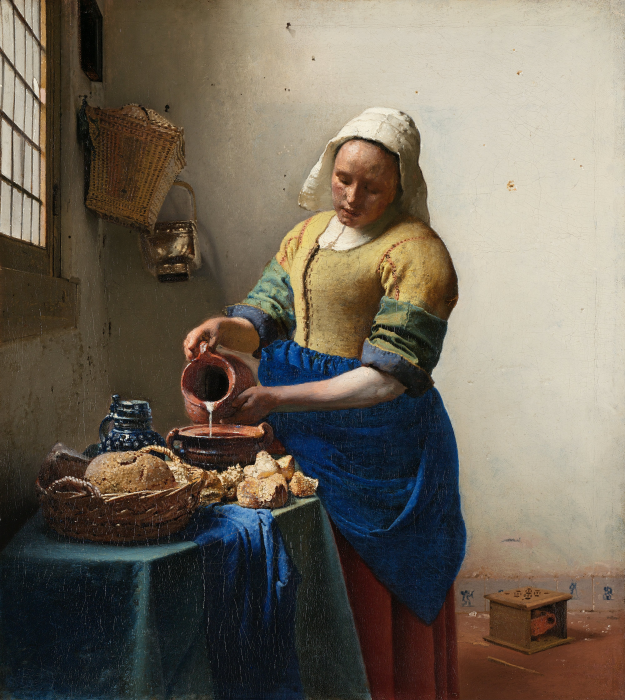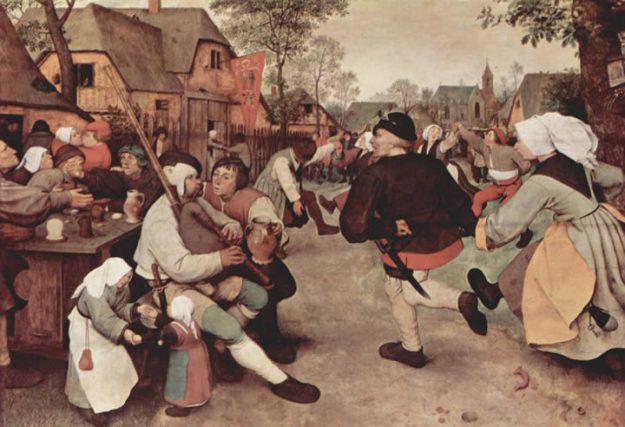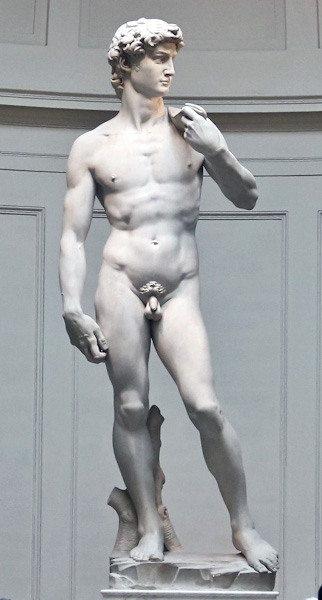I chose to do my non-traditional blog on African masks. These masks have been made for ever, and today they are still an essential feature of the traditional culture of the peoples of Sub-Saharan Africa. I am intrigued by the looks of these masks because they are all so different. There are some masks made from wood, pottery, textiles, copper, and bronze, while others are made from items found around the house like milk bottles, aluminum cans, seeds, and so much more. You and I, and everyone else reading this blog could make an African Mask- all of them would be unique and that is what fascinates me about these masks.
The main characteristics of culture of African people is to the use these masks in rituals and ceremonies. Some of the earliest masks were used before the Paleolithic era. These masks are known for representing animals, ancestors, heroes, moral values, or a symbolic way to honor someone. The maker of the masks usually has a high rank in the village and it is believed that he is in contact with spirits.
Most commonly, the masks are shaped like a human head. They are highly stylized because they are made to represent an abstract subject. Masks representing calmness and patience will have half-closed eyes; one with a small mouth and eyes represents humility while a mask that represents wisdom has a wide bulging forehead. Masks with a large chin represent power or strength.
At the ceremonies, the mask is worn by a dancer that then becomes “bearer” of the spirit of the mask. Most ceremonies such as a wedding or even a funeral will have a masked dance.
For my exhibit, I chose three traditional masks made by artists in the late 1990s-early 2000s. Instead of choosing old masks, I chose newer masks to show everyone how unique the (African) artists gave gotten with their props over the last millions of years. These following are some of the newest, most famous, African masks by artists Calixte Dakpogan and Ramuald Hazoume.

I decided to start my exhibit on African masks with this mask. This is Maman Binze by the african artist Calixte Dakpogan, and it was created in 2009. This mask is made from iron, copper, plastic, and hair. Maman Binze can be found at CAAC art, Pigozzi Collection in Geneva.
When I look at this mask I am instantly drawn into the textures. It has a lot of beads to make up the shape of the face, rather than the more traditional use of wood. The way Dakpogan used dead space on the face between the beads is unlike most masks. Most masks have fully enclosed faces, so this one is unique. The hair looks like grass, the eyes look like slinkies, and the nose looks like metal. There are so many different colors and textures in this mask, and I thought it was perfect to start my exhibit off with for that exact reason.
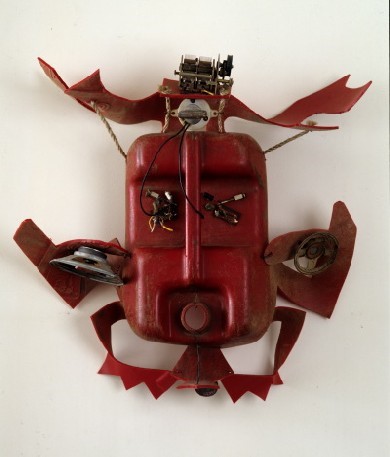
The next mask I chose for my exhibit is Bagdad City created by Ramuald Hazoume in 1992. This mask is made from a plastic can, loud speakers and various electronic elements. It is also found at CAAC art, Pigozzi Collection, Geneva.
This mask instantly had my attention because its so unique yet so simple. It is made mostly from a plastic can, yet you can clearly see facial features. This one may not be as appealing to you as it is to me, but I think it has such great elements. It is not your typical African mask at all- it is a much more modern day simplified version and I think that is what attracted me to it.
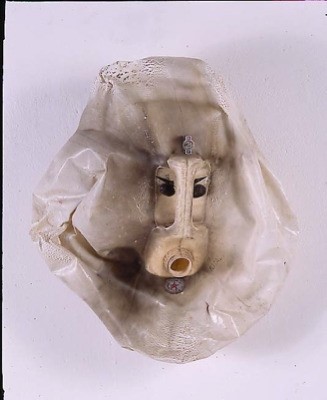
On/Off by Ramuald Hazoume, made in 1992, is made from plastic cans, seeds, metal, aluminum and copper and is also found at: CAAC art, Pigozzi Collection, Geneva.
This mask is made of a lot of the same materials as Bagdad City, but it looks so much different! The hair makes such a huge difference in a mask. This mask looks angry to me, so it has me interested in what kind of spirit it may represent. I am drawn to this piece because the facial expression Hazoume gave it. The way the eyebrows turn inward and the way the white has shadows on the cheeks makes me feel this mask represents some sort of strong willed person from the past. I really enjoy looking at all the details this mask portrays.
Lastly, please check out this YouTube video of an African man creating an African Mask! It is a live video iRecorded on October 31, 2011 in Accra, Ghana. I enjoy this video because it is live footage and it shows all the different techniques and details that go into making these masks.
The making of the African Mask at the Art Market: https://www.youtube.com/watch?v=LNtvJSGWbto
WORKS CITED:
“Bagdad City by Romuald Hazoumé – Pigozzi Collection 2016.” CAACART. N.p., n.d. Web. 07 Apr. 2016. http://caacart.com/pigozzi-artist.php?i=&m=35&s=1589
“History of Traditional African Masks.” History of African Masks. N.p., n.d. Web. 07 Apr. 2016. http://www.historyofmasks.net/mask-history/history-of-african-masks/
“Maman Binze by Calixte Dakpogan – Pigozzi Collection 2016.” CAACART. N.p., n.d. Web. 10 Apr. 2016. http://caacart.com/pigozzi-artist.php?i=Dakpogan-Calixte&m=42&s=1211
“On/Off by Romuald Hazoumé – Pigozzi Collection 2016.” CAACART. N.p., n.d. Web. 10 Apr. 2016. http://caacart.com/pigozzi-artist.php?i=Hazoume-Romuald&m=35&s=215
1037thebeat. “Behind the Scenes. (the Making of the African Mask).”YouTube. YouTube, 02 Nov. 2011. Web. 07 Apr. 2016. https://www.youtube.com/watch?v=LNtvJSGWbto
